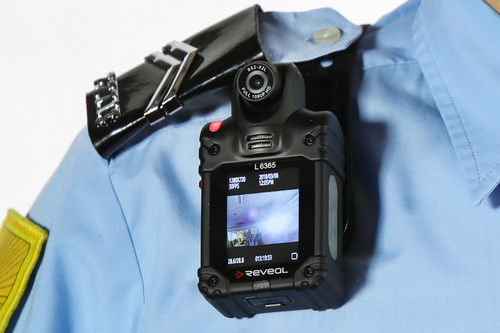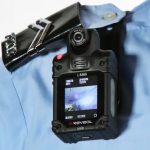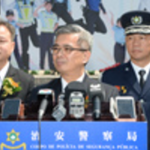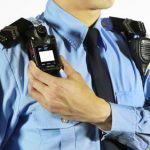 A body-worn video camera (shown in switch-on mode) to be used by the Public Security Police Force
A body-worn video camera (shown in switch-on mode) to be used by the Public Security Police Force
Starting from 14 March, some of the body-worn video cameras – out of a consignment of 100 – that have been supplied to the police services would be put to trial use, said the Secretary for Security, Mr Wong Sio Chak.
Body-worn video cameras were designed to assist police officers with their enforcement efforts and with their duties to protect public safety. The devices also had the potential to provide material for police investigations and the potential to provide evidence for use in judicial process.
The police would use the cameras only when the situation required it, Mr Wong told reporters. He was speaking on Sunday (11 March) on the sidelines of some community day activities by the police services.
Police officers would only switch on their body-worn cameras when dealing with situations involving either: 1) disruption to public order or public peace; 2) acts threatening or harming the physical safety of the officer or a member of the public, or that of public or private property; and 3) other scenarios of confrontation.
Prior warnings would be given before activating the recording device, Mr Wong added. There was a set of guidelines that covered matters including: the purpose of the cameras and the circumstances for their use; procedures for handling the footage gathered; the confidentiality of the material gathered; and the training provided to front-line police officers asked to use the equipment.
The first batch of cameras would be used by patrol officers and members of the Special Patrol Group of the Public Security Police Force.
Mr Wong said the police would keep monitoring and reviewing the use of body-worn cameras, including the issue of whether to increase the number of such devices in use. The ongoing assessment would consider whether to extend the use of such equipment to traffic officers and other services.
View gallery



